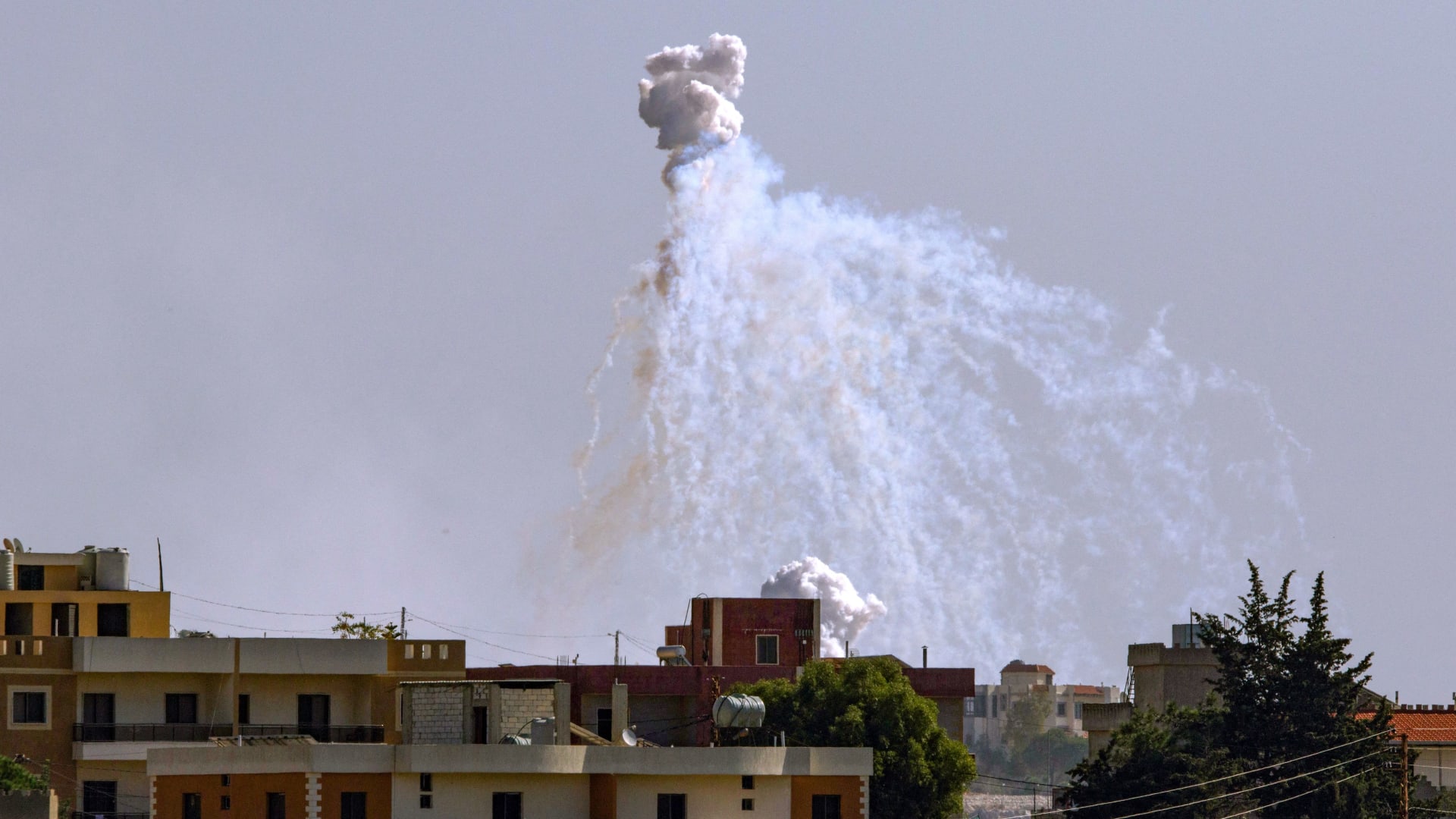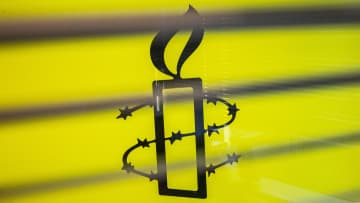(CNN) -- رد الجيش الإسرائيلي، الجمعة، على المزاعم بشأن استخدام قواته الفسفور الأبيض في جنوب لبنان، الخميس.
وزعمت الوكالة الوطنية للإعلام اللبنانية أن المدفعية الإسرائيلية قصفت أطراف بلدة رميش بجنوب لبنان بـ"الفوسفور الأبيض".
ويظهر مقطع فيديو حصلت عليه شبكة CNN أعمدة من الدخان الأبيض فوق مشارف البلدة الواقعة على قمة التل، لكن CNNغير قادرة على تأكيد استخدام الذخائر الفسفورية.
وقال الجيش الإسرائيلي، في بيان لشبكة CNN، إنه "يستخدم فقط الأسلحة والذخائر القانونية".
وأضاف: "قذائف الدخان التي يستخدمها الجيش الإسرائيلي لا تحتوي على الفوسفور الأبيض، ومثل العديد من الجيوش الغربية، يمتلك الجيش الإسرائيلي أيضا قذائف دخانية تحتوي على الفوسفور الأبيض، وهو أمر قانوني بموجب القانون الدولي".
وتابع: "تتطلب إجراءات الجيش الإسرائيلي عدم استخدام مثل هذه القذائف في المناطق المكتظة بالسكان، مع مراعاة بعض الاستثناءات، وهذا يتوافق مع متطلبات القانون الدولي".
هل الفسفور الأبيض غير قانوني؟
بموجب البروتوكول الدولي الذي صادقت عليه إسرائيل في عام 1995، يُسمح باستخدام مثل هذه الأسلحة الحارقة عندما "لا تكون مصممة خصيصًا للتسبب في إصابة الأشخاص بحروق"، حسبما ذكرت شبكة CNN سابقا.
ولا يوجد حظر في حد ذاته على استخدام الفسفور الأبيض في الصراع لكن توقيت ومكان استخدامه مقيدان، فعلى سبيل المثال، من غير القانوني بموجب البروتوكول استخدام الفسفور الأبيض ضد أي أفراد، مدنيين أو عسكريين، ولا يمكن توجيهه إلا ضد الأهداف العسكرية.
وينص القانون الدولي على أنه لا يجوز استخدام الأسلحة الحارقة في الأماكن التي يتركز فيها المدنيون.
وكانت إسرائيل واجهت في السابق انتقادات واسعة النطاق لإطلاقها قذائف الفسفور الأبيض على مناطق مكتظة بالسكان خلال هجومها على غزة الذي بدأ في أواخر عام 2008.
وقالت منظمة هيومن رايتس ووتش في تقرير عام 2009 إن ذخائر الفسفور الأبيض الإسرائيلية "قتلت وجرحت مدنيين وألحقت أضرارا بالمباني المدنية، بما في ذلك مدرسة وسوق ومخزن للمساعدات الإنسانية ومستشفى".
وزعمت هيومن رايتس ووتش أن استخدام إسرائيل للأسلحة في الأحياء المزدحمة "ينتهك القانون الإنساني الدولي (قوانين الحرب)، الذي يتطلب اتخاذ جميع الاحتياطات الممكنة لتجنب إلحاق الأذى بالمدنيين ويحظر الهجمات العشوائية".
وردا على ذلك، تعهدت إسرائيل بالحد من استخدام الفسفور الأبيض وبذل جهود أكبر لحماية المدنيين أثناء الصراعات، ومع ذلك، قالت الحكومة إنها استخدمت الفسفور الأبيض بشكل قانوني.
وفي أكتوبر/تشرين الأول، اتهمت هيومن رايتس ووتش القوات الإسرائيلية باستخدام الفسفور الأبيض أثناء العمليات العسكرية في غزة ولبنان.
ووفقا لتقرير هيومن رايتس ووتش، قالت إنها تحققت من مقطع فيديو تم التقاطه في 10 أكتوبر في لبنان ومقطع فيديو آخر في غزة في 11 أكتوبر، زعمت أنه يظهر "انفجارات متعددة للفسفور الأبيض الذي أطلقته المدفعية فوق ميناء مدينة غزة وموقعين ريفيين على طول الحدود الإسرائيلية اللبنانية".
وفي المقابل، نفت إسرائيل مزاعم هيومن رايتس ووتش.







